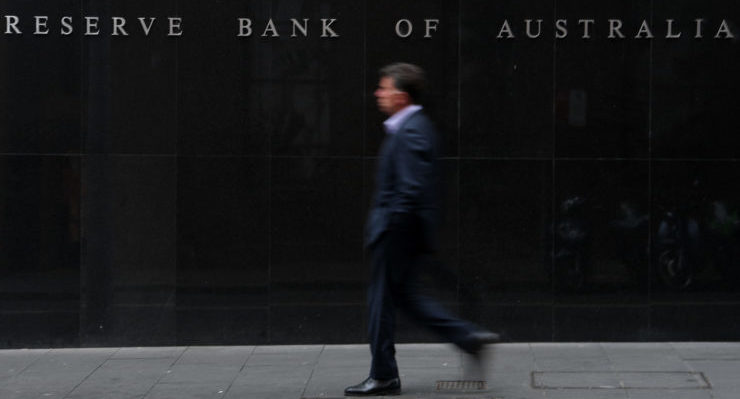
As expected, Australia’s annual inflation rate for 2020-21 has jumped, off the back of rising fuel and health costs, but the Reserve Bank’s preferred measures remain stubbornly below its target rate of 2% to 3%.
The Consumer Price Index rose 0.8% in the June quarter and 3.8% over 2020-21, with the removal of the 2020 June quarter deflationary figure contributing to the spike in the annual number. There’ll be a similar reverse effect next quarter when the large “rebound” CPI figure from the 2020 September quarter is removed.
Economists had expected the annual rate to come out anywhere between 3% to 3.9% (it was AMP’s Shane Oliver who got closest with 1.9%). It’s the highest annual rate in years — though the Australian Bureau of Statistics suggested in be seen in context, and noted that inflation over five quarters from March 2020 was still only 1.9%.
Higher fuel prices were the main contributor to the 0.8% quarterly result, along with health costs and household goods. But the Reserve Bank’s preferred inflation measures, the trimmed mean and weighted median, were both 0.5% for the quarter, and 1.6% and 1.7% in annual terms, respectively. A one-off pricing change in Perth drove electricity prices up in that city, pushing its quarterly result to 1.9%.
Meanwhile the International Monetary Fund has signalled its growing concerns that the current rise in inflation across the world might linger longer than expected, despite growing concern that the delta strain of COVID-19 is slowing growth. In its latest forecasts, it says price rises should be transitory, but there’s a “risk that transitory pressures could become more persistent and central banks may need to take preemptive action.”
IMF Chief Economist Gita Gopinath said in a blog post this week that “more persistent supply disruptions and sharply rising housing prices are some of the factors that could lead to persistently high inflation.”
She also warned that “inflation is expected to remain elevated into 2022 in some emerging market and developing economies, related in part to continued food price pressures and currency depreciations”.
“The recovery, however, is not assured even in countries where infections are currently very low so long as the virus circulates elsewhere,” the IMF warned.
That will place more pressure on central banks to curb their ultra-accommodative monetary policies, such as a tapering of market-friendly stimulus like asset purchases. The issue will be a focus of the US Federal Reserve, which overnight started its two day meeting, where the tapering of the Fed’s US$120 billion a month in bond buying will be discussed.
Fed chair Jay Powell (like our RBA governor, Philip Lowe) sees the inflation pressures emerging globally and in the US as “transitory”. He told US Congress earlier this month that the jobs market was “still a ways off” from where the central bank would like to see it before it reduces stimulus. He added that inflation would “likely remain elevated in coming months before moderating”.
The IMF bumped up its forecasts for 2022 based on more fiscal stimulus from the Biden administration, but warned that access to vaccines would be a key issue, noting “vaccine access has emerged as the principal fault line along which the global recovery splits into two blocs: those that can look forward to further normalization of activity later this year (almost all advanced economies) and those that will still face resurgent infections and rising COVID death tolls”.
Australia currently sits well and truly in the latter camp, not with the rest of the advanced economies.









“Higher fuel prices were the main contributor to the 0.8% quarterly result”, Oh why should that be? for a country that relies so heavily on fuel, I am so tired of marketing “price cycles” fuel prices are a rort to themselves and we have no choice but to pay!
I find these figures hard to fathom. Apparently building products, timber particularly, are seeing increases of 100% to 200%, and every second person is building, but somehow it doesn’t affect the CPI. Go figure.